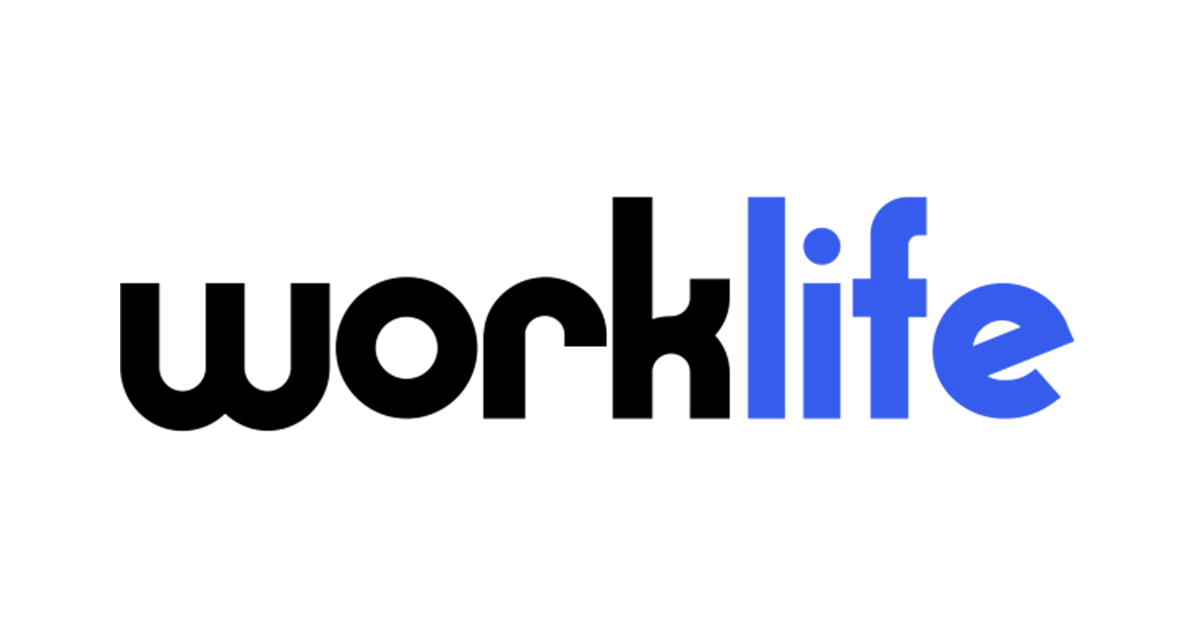Over 90% of Fortune 500 companies conduct exit interviews, yet just over 40% of them view the practice itself as successful. These striking statistics, recently reported in a survey by Burke, Inc., confirm that many companies may be conducting exit interviews but not reaping the true rewards.
Misconceptions about exit interviews – interviews with employees leaving the company–abound. Even when human resources (HR) follow best practices, organizations must ultimately be able to use the information that is gathered constructively and systematically. Certainly, the difficulty actioning insights gained in an exit interview explains the 50% differential between the number of Fortune 500 companies that have exit interview programs and their widespread dissatisfaction with the results.
Exit interviews are an important employee relations tool, yet often misunderstood and poorly executed. Here are 6 common exit interview myths dispelled:
Myth 1: Exit interviews should occur prior to an employee leaving the company, or participation by the employee is unlikely.
Ex-employees often readily participate in an exit interview, sometimes as much as one year after the time of departure. There are advantages to human resources to waiting. As time goes by, employees will have a more objective viewpoint about the workplace and former employer. HR should not hesitate to seek out and speak with former employees as well as request an exit interview, even many months after a person has left the organization.
“Eighty-five percent of the Fortune 500 companies believe they have an effective survey process; however, when asked to rate the effectiveness of “using the results to make positive change,” just over half rate this as good or very good.”
Myth 2: Exit interviews should be conducted on an as-needed basis.
For employers, exit interviews are an important employee relations benchmarking tool. Interview questions can cover areas such as salary, benefits or the availability of programs for growth and advancement relative to an organization’s peers. It’s a missed opportunity if employee relations leaders do not gather as much data as possible from departing employees. Exit interviews should not be relegated to employees who are leaving disgruntled, and although they can’t be legally required, many companies are building agreement clauses into the original employment contract. Therefore, to the extent possible, companies should request and conduct an exit interview with every departing employee. Doing so will validate insights gathered consistently and cue the company as to what is attracting its employees to move.
Myth 3: A simple, paper-based exit interview survey is just as valuable as electronic, phone or face-to-face exit interviews.
For many organizations, the exit interview process comes down to a simple form that departing employees are asked to complete. In fact, many enterprise-level and small businesses rely exclusively upon paper-based surveys. It just comes down to resources.
However, adept use of technology and personal follow-up can transform the type of data mined in an exit interview. Some of the advantages of a web-based exit interview portal, for example, include:
- administrative ease, often by a third party
- scalability, especially for large organizations
- access to aggregated metrics that can be analyzed and benchmarked
The value of an exit interview conversation
The reality is that comments, which surface throughout the course of the exit interview, may require further explanation. Human resources can capture this opportunity best by talking with the employee directly and trying to gather more in-depth information. Phone and face-to-face exit interviews, preceded by a preliminary web-based survey, are invaluable. For large organizations, configurable exit interview templates that can be customized by division or level of responsibility are a must.
Myth 4: Companies are effectively using data collected in exit interviews to improve their organizations.
In the Burke, Inc., analysis of the employee survey process, their researchers found, “Eighty-five percent of the Fortune 500 companies believe they have an effective survey process; however, when asked to rate the effectiveness of “using the results to make positive change,” just over half rate this as good or very good.” The results confirm that even after exit interview data is collected, organizations may not have an understanding of how to analyze it, interpret it or use it to improve employee relations policies. HR leaders are struggling with swaths of data, and it is mitigating the value of the exit interview.

Myth 5: The structure of the exit interview is not as important as the questions themselves.
It would be nice if exit interviews were as simple as HR practitioners asking, “What could we have done better.” In fact, a well-conducted exit interview should collect information for key comparative metrics such as compensation levels and benefits that may have enticed the employee to leave. The interviewer can try to get specific examples of what went well over the course of the person’s employment, and situations in the workplace that were handled poorly.
The exit interview is an opportunity for an employee to discuss the workplace environment, any concerns about misconduct or issues within the management team. At HR Acuity®, we believe that the exit interview process is as important as the questions themselves. A configurable web-based, exit interview template, for example, can ensure core questions are covered but still allow more customized, department-specific questions to be added. With a consistent exit interview process in place, organizations are much better positioned to assemble, analyze and utilize the information collected to affect change.
Myth 6: Exit interviews should be handled exclusively by HR or employee relations.
In fact, some organizations are shifting away from either HR or employee relations leaders conducting the exit interview. Instead, companies are relying upon managers to engage departing employees in a discussion about their decision to leave. The technical aspects of the departure such as completing important paperwork or the return of company items are done separately from the exit interview and handled by HR. This structure allows the manager to focus on key questions during the exit interview, and it also gives the exit interview process itself more significance in the eyes of the employee.
Best practice employee relations will continue to evolve with an organization over time, and for this reason alone, exit interviews are an essential employee relations tool and workforce touchpoint. They help organizations collect valuable employee feedback, learn from past missteps and ultimately build a better workplace.




